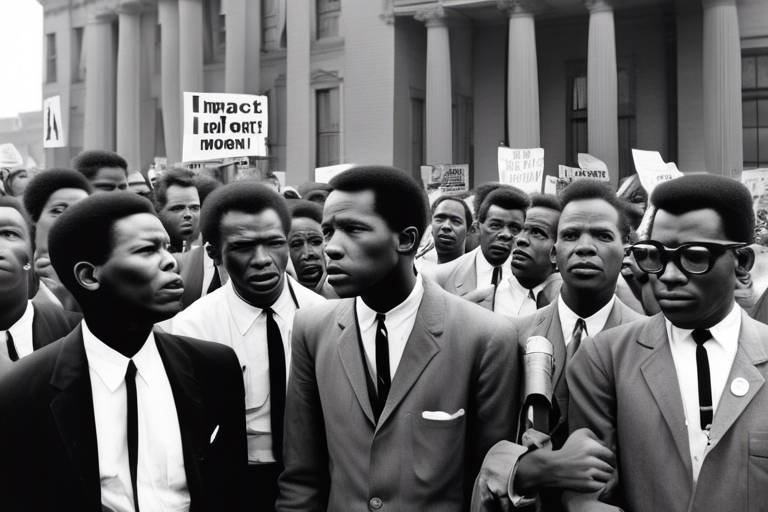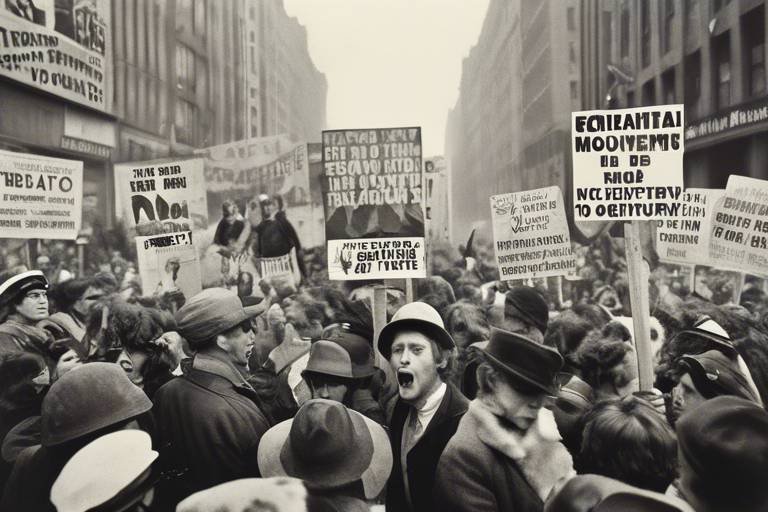The Historical Significance of the Renaissance Art
The Renaissance period, spanning from the 14th to the 17th centuries in Europe, holds immense historical significance in the realm of art. This era marked a profound shift in cultural, artistic, and intellectual movements, laying the foundation for the modern world as we know it today. The Renaissance was a time of rebirth, innovation, and creativity, where artists pushed the boundaries of traditional art forms to create masterpieces that continue to captivate audiences centuries later.
During the Renaissance, art became a powerful tool for expressing new ideas and perspectives. Artists drew inspiration from classical antiquity, reviving ancient themes and techniques that had long been forgotten. This revival of classical art forms sparked a cultural resurgence, leading to a flourishing of creativity and innovation across various artistic disciplines.
One of the key characteristics of Renaissance art was its emphasis on realism and perspective. Artists sought to depict the world around them with greater accuracy, using techniques such as linear perspective to create the illusion of depth and three-dimensionality in their works. This attention to detail and precision set Renaissance art apart from the styles that had come before it, establishing a new standard of excellence in artistic representation.
Iconic figures such as Leonardo da Vinci, Michelangelo, and Raphael emerged during the Renaissance, leaving an indelible mark on the art world with their groundbreaking creations. These master artists pushed the boundaries of artistic expression, revolutionizing the way in which art was perceived and appreciated. Their works continue to be celebrated for their beauty, complexity, and emotional depth, embodying the spirit of the Renaissance era.
Religious art also experienced a profound transformation during the Renaissance, with artists reimagining traditional biblical scenes and religious figures in a new light. The portrayal of religious subjects became more humanized and emotive, reflecting a shift towards a more personal and intimate interpretation of spirituality. This evolution in religious art not only enriched the visual culture of the time but also paved the way for new modes of artistic expression.
Technological advancements played a crucial role in the development of Renaissance art, enabling artists to explore new techniques and materials that revolutionized the creative process. Innovations such as oil painting, linear perspective, and chiaroscuro allowed artists to achieve greater levels of realism and depth in their works, pushing the boundaries of artistic innovation to new heights.
Furthermore, the Renaissance art movement was deeply intertwined with humanist philosophy, which emphasized the value of human potential and achievement. Artists sought to capture the essence of the human experience in their works, celebrating the beauty, complexity, and diversity of the human form. This humanistic approach to art not only reflected the intellectual currents of the time but also contributed to a broader cultural renaissance that transcended artistic boundaries.
The legacy of Renaissance art endures to this day, influencing subsequent artistic movements and shaping the cultural landscape of Western civilization. The revival of classical themes from Greek and Roman antiquity, the celebration of humanism, and the emphasis on innovation and creativity continue to resonate in contemporary art and culture, underscoring the enduring impact of the Renaissance era on the artistic heritage of humanity.
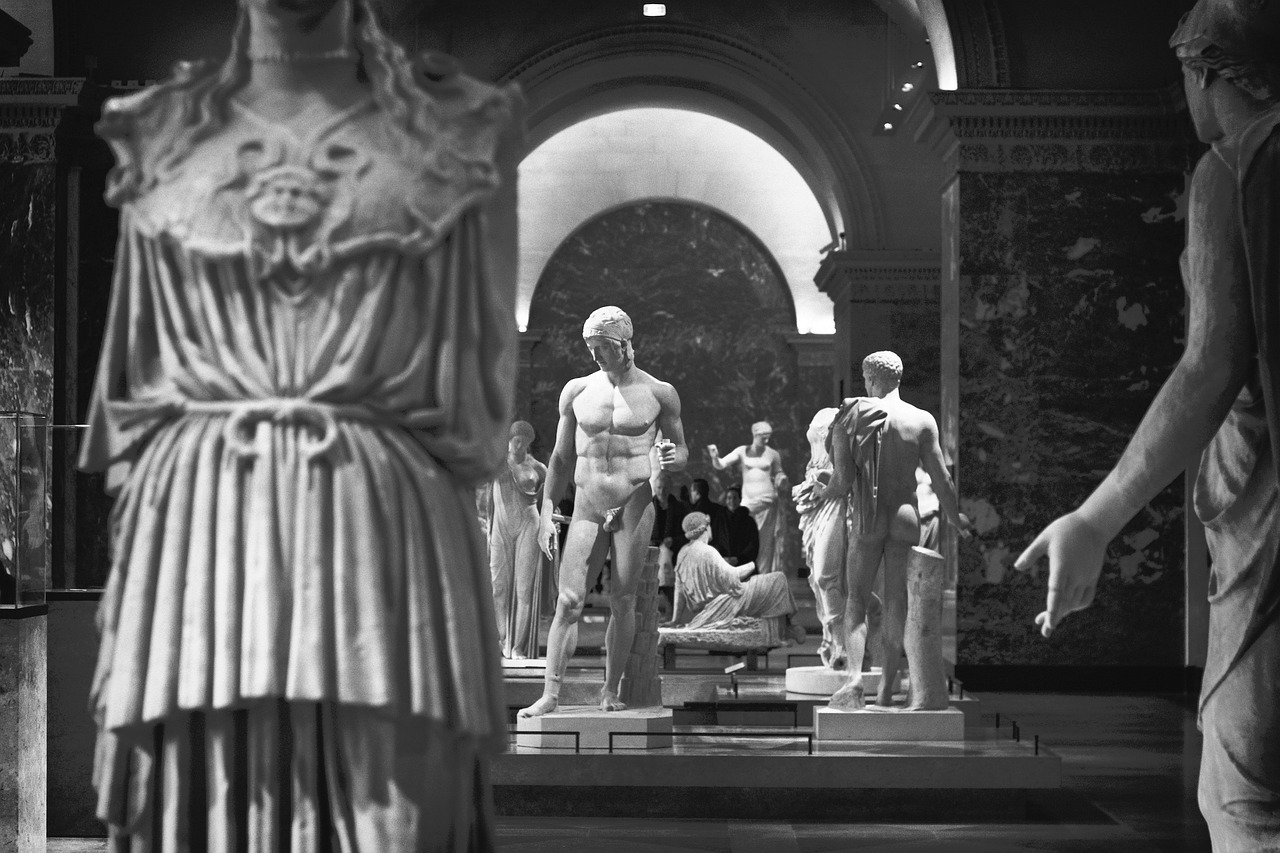
The Origins of Renaissance Art
Exploring the impact and importance of Renaissance art in shaping cultural, artistic, and intellectual movements during the 14th to 17th centuries in Europe.
Tracing the roots of Renaissance art from the revival of classical themes and techniques to the patronage of wealthy families and city-states.
The Renaissance period marked a significant shift in artistic expression, characterized by a renewed interest in the art and culture of ancient Greece and Rome. This revival of classical themes and techniques laid the foundation for the artistic innovations that defined the era. Wealthy families and powerful city-states played a crucial role in fostering artistic talent, providing financial support and commissions that fueled the flourishing of Renaissance art.
One of the key factors that contributed to the emergence of Renaissance art was the rediscovery of classical texts and artworks, which inspired artists to experiment with new styles and forms. The artistic landscape of Europe was transformed as painters and sculptors sought to capture the beauty and essence of the natural world, moving away from the stylized representations of the medieval period.
Moreover, the rise of humanism, with its focus on individualism, human potential, and rational inquiry, influenced artists to depict the human form with greater accuracy and emotion. This emphasis on realism and human anatomy became a defining characteristic of Renaissance art, setting it apart from the art of previous eras.
In addition to the revival of classical themes, the patronage of wealthy families and city-states played a crucial role in the development of Renaissance art. Powerful patrons such as the Medici family in Florence and the Papal Court in Rome provided artists with the resources and support needed to create masterpieces that continue to captivate audiences to this day.
As Renaissance art continued to evolve, artists pushed the boundaries of creativity and innovation, paving the way for the extraordinary achievements that would define this golden age of artistic expression. The origins of Renaissance art lie in a convergence of cultural, intellectual, and artistic influences that transformed the European artistic landscape and left an indelible mark on the history of art.
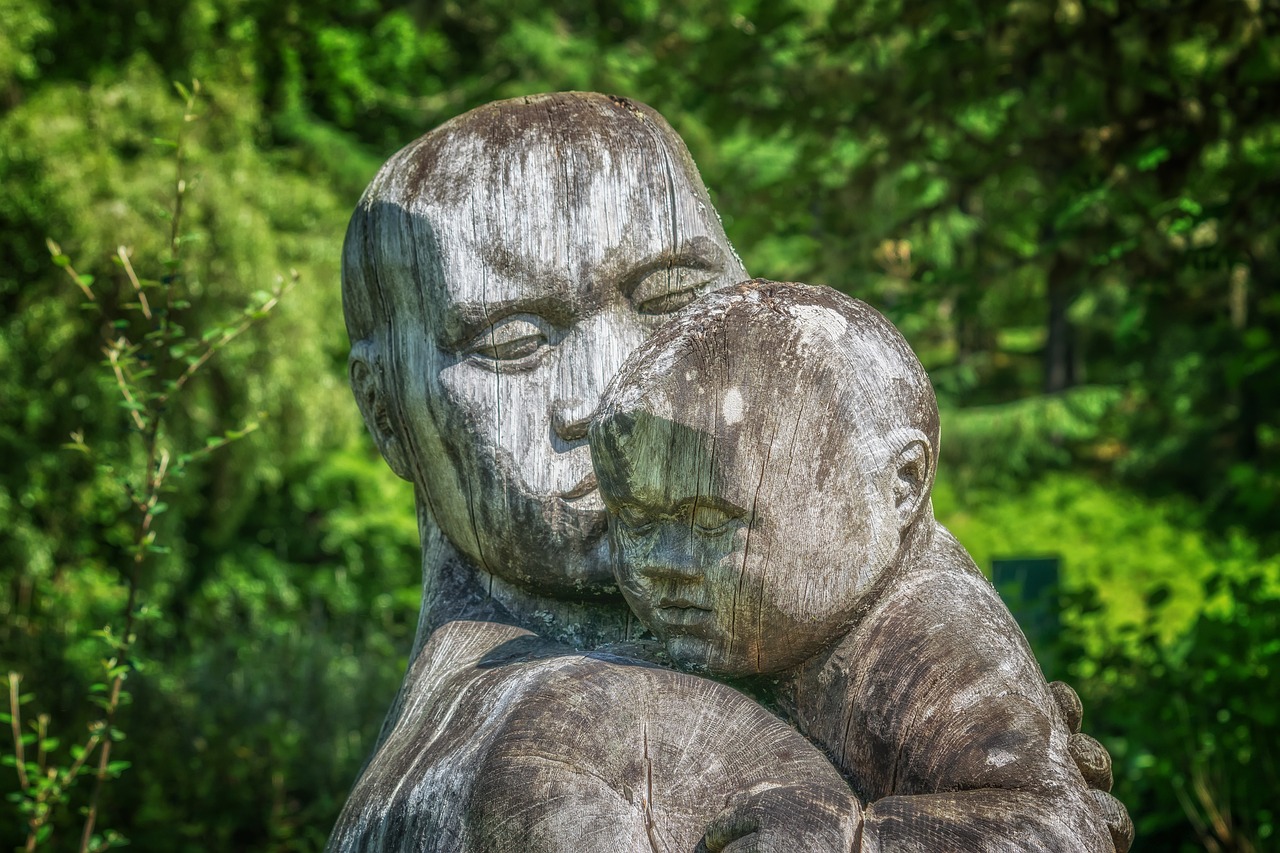
Key Characteristics of Renaissance Art
Renaissance art is characterized by a set of key features that distinguish it from earlier artistic styles. One of the most prominent characteristics of Renaissance art is the emphasis on perspective, which allowed artists to create more realistic and three-dimensional representations of space. Through the use of perspective, artists were able to convey depth and distance in their works, giving the illusion of a third dimension on a two-dimensional surface.
Another important aspect of Renaissance art is its commitment to realism. Artists during this period strived to depict the world as it appeared, focusing on accurate representations of the natural world. This commitment to realism can be seen in the attention to detail in the portrayal of objects, landscapes, and human figures.
Furthermore, Renaissance art is known for its meticulous study and portrayal of human anatomy and emotions. Artists such as Leonardo da Vinci conducted extensive anatomical studies to accurately depict the human body in their works. Emotions and expressions were also carefully rendered, adding a psychological depth to the figures depicted in Renaissance art.
In addition to these key characteristics, Renaissance art often featured a harmonious balance between light and shadow, a technique known as chiaroscuro. This technique added depth and drama to the artworks, creating a sense of volume and dimensionality. The use of chiaroscuro also allowed artists to create a more dramatic and atmospheric effect in their paintings.
Overall, the key characteristics of Renaissance art, including perspective, realism, the portrayal of human anatomy and emotions, and the use of chiaroscuro, contributed to the revolutionary nature of this artistic movement and its enduring impact on the history of art.
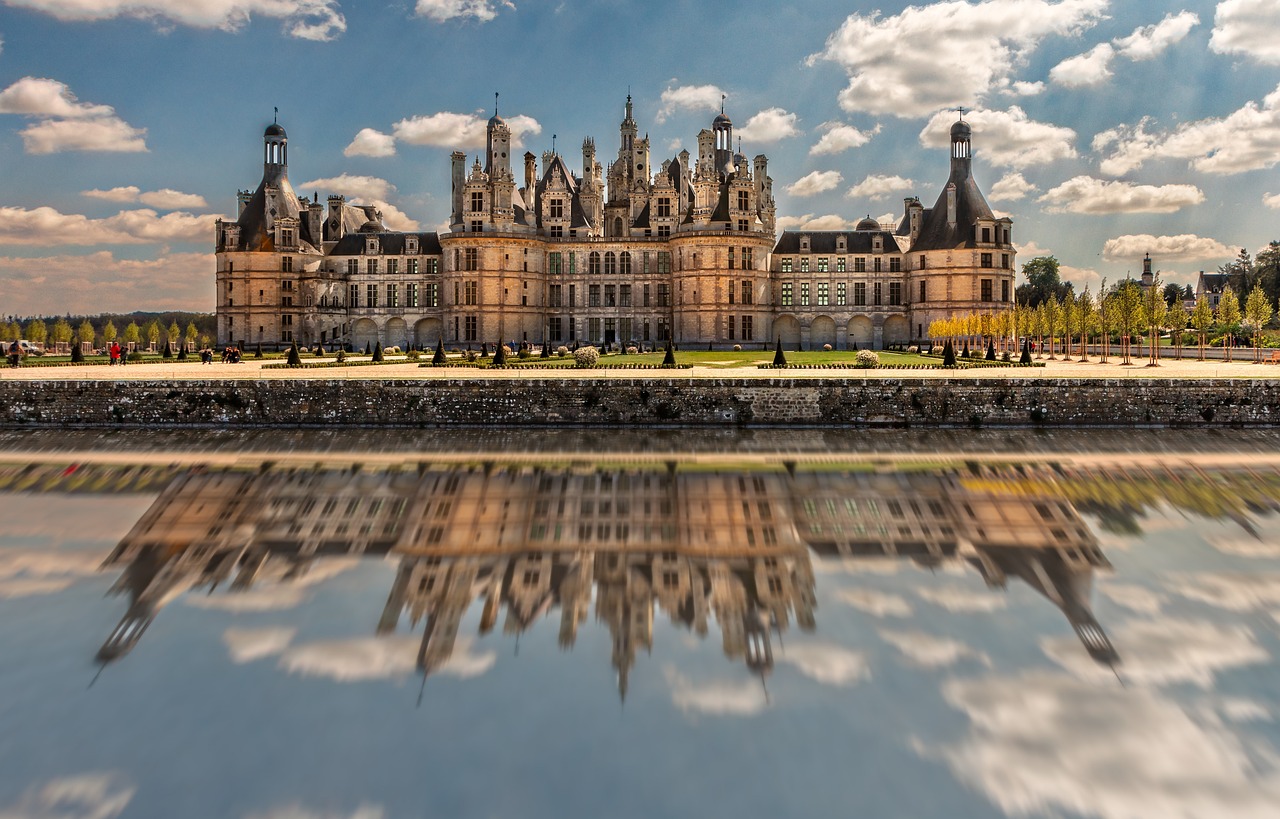
Renowned Renaissance Artists
During the Renaissance period, a remarkable group of artists emerged, leaving an indelible mark on the world of art. Among these visionaries, Leonardo da Vinci stands out as a true polymath, excelling not only in painting but also in science and engineering. His iconic works such as the Mona Lisa and The Last Supper continue to captivate audiences with their intricate details and profound symbolism.
Michelangelo Buonarroti, known for his sculpting prowess and masterpieces like the Statue of David and the ceiling of the Sistine Chapel, showcased a level of skill and creativity that pushed the boundaries of art. His ability to infuse emotion and movement into his sculptures revolutionized the way artists approached the human form.
Raphael, often referred to as the "Prince of Painters," brought a sense of harmony and grace to his works, with pieces like The School of Athens exemplifying his mastery of composition and perspective. His contributions to the Vatican Palace and his influence on subsequent generations of artists solidified his place in art history.
These artists, along with other luminaries of the Renaissance such as Donatello, Titian, and Botticelli, collectively reshaped the artistic landscape of their time and set new standards for creativity and innovation. Their legacy continues to inspire and awe audiences around the world, reminding us of the enduring power of artistic expression.
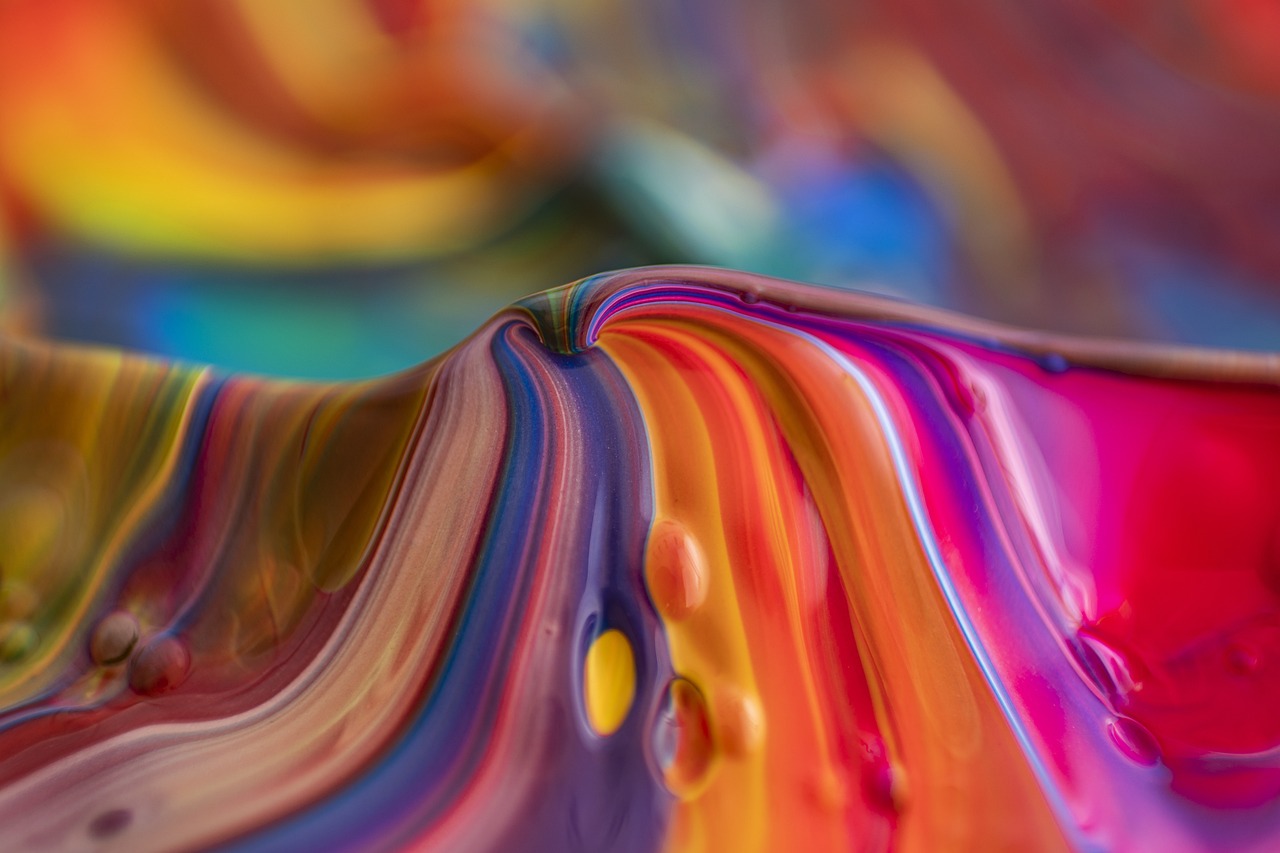
The Impact on Religious Art
Exploring the impact and importance of Renaissance art in shaping cultural, artistic, and intellectual movements during the 14th to 17th centuries in Europe.
Tracing the roots of Renaissance art from the revival of classical themes and techniques to the patronage of wealthy families and city-states.
Examining the distinctive features of Renaissance art, including perspective, realism, and the portrayal of human anatomy and emotions.
Highlighting the contributions of iconic artists such as Leonardo da Vinci, Michelangelo, and Raphael to the development of Renaissance art.
The impact of Renaissance art on religious depictions was profound, reshaping the way biblical scenes and religious figures were portrayed. Artists of this era brought a new level of realism and emotion to religious art, capturing the essence of spirituality through masterful techniques.
Exploring the innovative techniques and materials used by Renaissance artists, such as oil painting, linear perspective, and chiaroscuro, which revolutionized the art world and paved the way for new artistic possibilities.
Analyzing the connection between Renaissance art and humanist philosophy, emphasizing the celebration of human potential and achievement in art. The human form became a central focus, reflecting the ideals of humanism and the belief in the power of human creativity.
Evaluating the lasting influence of Renaissance art on subsequent artistic movements and its enduring impact on Western culture. The legacy of Renaissance art continues to inspire artists and viewers alike, resonating through centuries of artistic expression.
Examining how Renaissance art revived and reinterpreted classical themes from Greek and Roman antiquity, contributing to a cultural rebirth in Europe. The rediscovery of classical art and literature fueled a renewed interest in ancient civilizations, shaping the artistic landscape of the Renaissance.
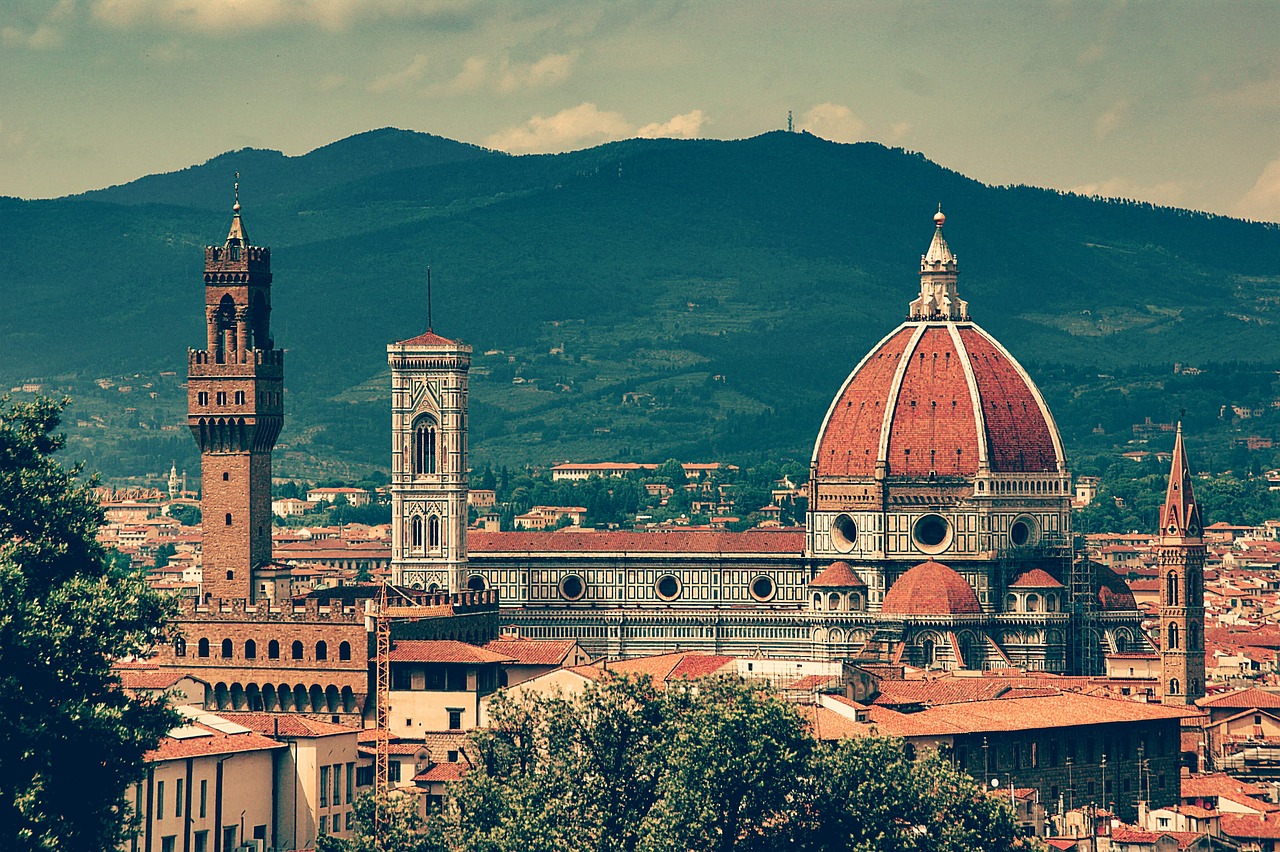
Technological Advancements in Art
Exploring the impact and importance of Renaissance art in shaping cultural, artistic, and intellectual movements during the 14th to 17th centuries in Europe.
Tracing the roots of Renaissance art from the revival of classical themes and techniques to the patronage of wealthy families and city-states.
Examining the distinctive features of Renaissance art, including perspective, realism, and the portrayal of human anatomy and emotions.
Highlighting the contributions of iconic artists such as Leonardo da Vinci, Michelangelo, and Raphael to the development of Renaissance art.
Discussing how Renaissance art transformed religious depictions, with a focus on the portrayal of biblical scenes and religious figures.
During the Renaissance period, artists made significant technological advancements that revolutionized the art world. One of the most notable innovations was the introduction of oil painting. This technique allowed for greater depth, richness, and durability of colors, leading to more lifelike and vibrant artworks. Additionally, artists mastered the use of linear perspective, a method to create the illusion of three-dimensional space on a flat surface. This breakthrough brought a new level of realism and depth to paintings, captivating viewers with its immersive quality. Another key advancement was chiaroscuro, the technique of using strong contrasts between light and dark to create a sense of volume and drama in artworks. These technological advancements not only enhanced the visual appeal of art but also expanded the possibilities for artistic expression and storytelling.
Analyzing the connection between Renaissance art and humanist philosophy, emphasizing the celebration of human potential and achievement.
Evaluating the lasting influence of Renaissance art on subsequent artistic movements and its enduring impact on Western culture.
Examining how Renaissance art revived and reinterpreted classical themes from Greek and Roman antiquity, contributing to a cultural rebirth in Europe.
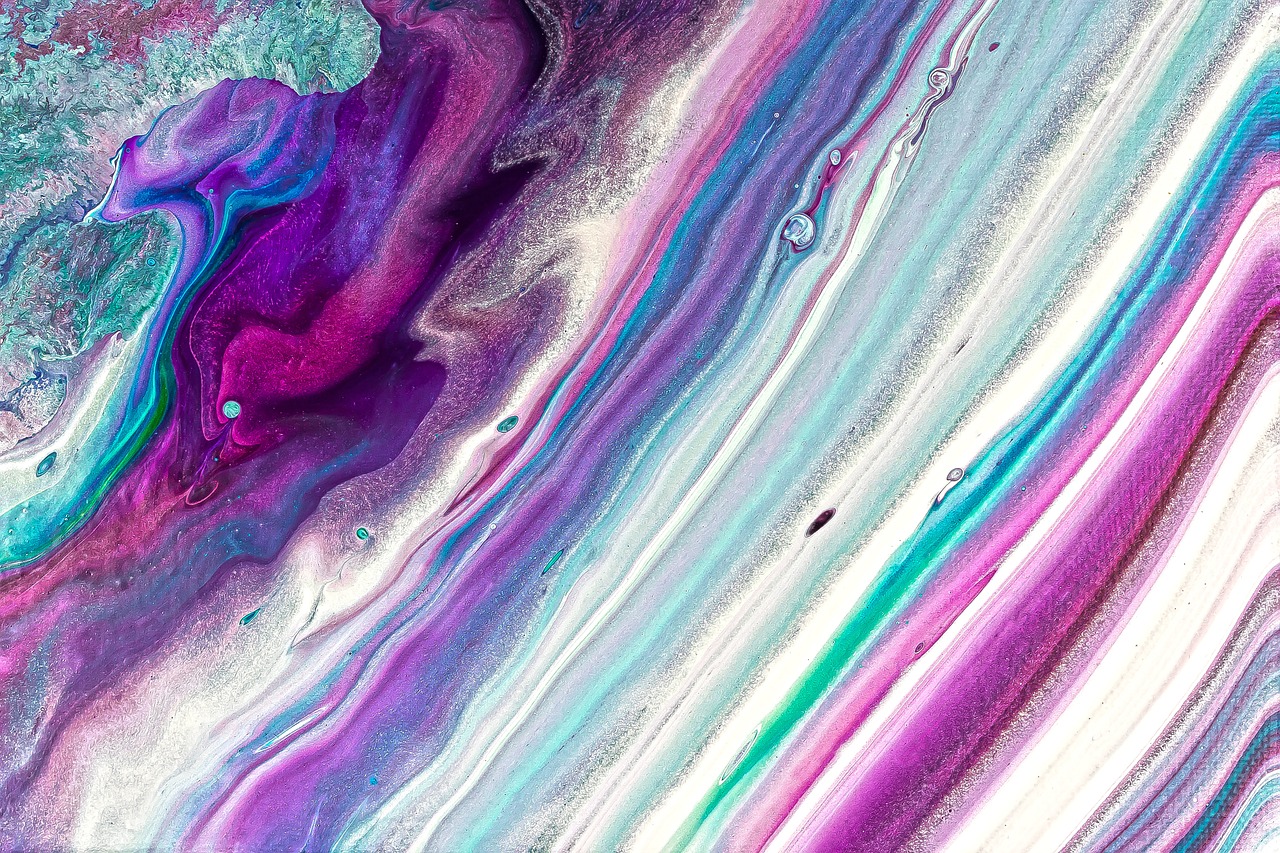
Renaissance Art and Humanism
During the Renaissance period, art became intertwined with the philosophy of humanism, a belief system that emphasized the potential and achievements of individuals. Renaissance artists embraced humanism by depicting the human form with unprecedented realism and emotion, showcasing the beauty and complexity of human anatomy. This shift from the divine to the earthly allowed artists to explore themes of individualism, secularism, and the human experience in their works.
One of the key aspects of Renaissance art influenced by humanism was the portrayal of human emotions and expressions. Artists sought to capture the depth of human feelings, creating lifelike figures that conveyed a wide range of emotions, from joy and love to sorrow and pain. This focus on human emotions added a new dimension to art, making it more relatable and engaging for viewers.
Moreover, the celebration of human potential in Renaissance art extended beyond the physical realm to intellectual and spiritual pursuits. Artists depicted scholars, thinkers, and poets in their works, highlighting the importance of knowledge, creativity, and spiritual enlightenment. This integration of intellectual and artistic endeavors reflected the humanist belief in the power of education and self-improvement.
Another significant aspect of the relationship between Renaissance art and humanism was the emphasis on individualism. Artists began to sign their works, asserting their identity and artistic vision. This newfound recognition of the artist as a creative genius marked a departure from the anonymity of medieval art, elevating artists to a higher status in society.
Furthermore, the humanist ideals of balance, proportion, and harmony influenced the composition of Renaissance art. Artists incorporated mathematical principles and geometric forms into their works, creating visually pleasing and structurally sound compositions. This attention to balance and symmetry reflected the humanist belief in the importance of order and beauty in art and life.
In essence, Renaissance art and humanism were deeply interconnected, with artists drawing inspiration from humanist philosophy to create works that celebrated the beauty, intellect, and potential of humanity. This fusion of art and humanism not only transformed the artistic landscape of the Renaissance but also laid the foundation for the artistic developments that followed in the centuries to come.
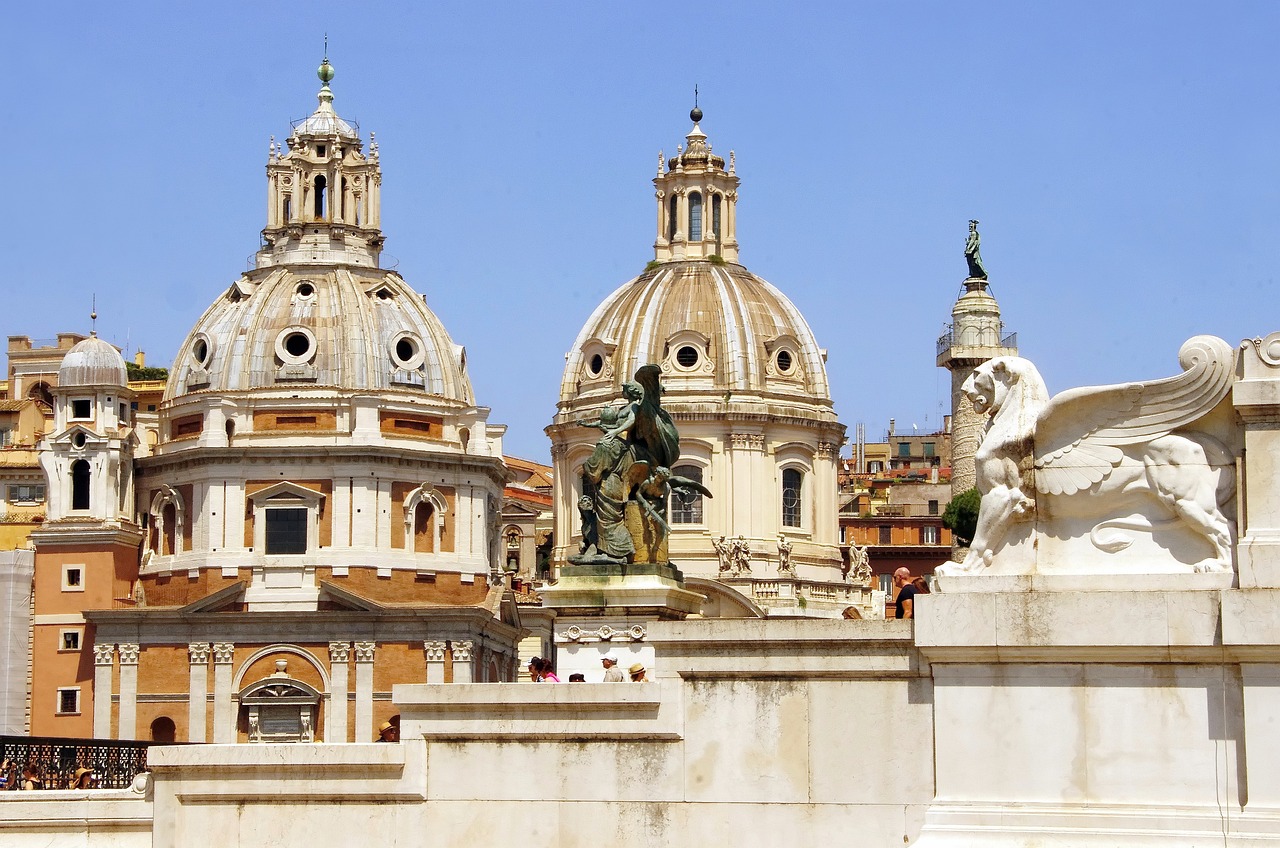
Legacy of Renaissance Art
Exploring the impact and importance of Renaissance art in shaping cultural, artistic, and intellectual movements during the 14th to 17th centuries in Europe.
Tracing the roots of Renaissance art from the revival of classical themes and techniques to the patronage of wealthy families and city-states.
Examining the distinctive features of Renaissance art, including perspective, realism, and the portrayal of human anatomy and emotions.
Highlighting the contributions of iconic artists such as Leonardo da Vinci, Michelangelo, and Raphael to the development of Renaissance art.
Discussing how Renaissance art transformed religious depictions, with a focus on the portrayal of biblical scenes and religious figures.
Exploring the innovative techniques and materials used by Renaissance artists, such as oil painting, linear perspective, and chiaroscuro.
Analyzing the connection between Renaissance art and humanist philosophy, emphasizing the celebration of human potential and achievement.
The legacy of Renaissance art is profound and enduring, leaving an indelible mark on the course of artistic history. The masterpieces created during this period continue to captivate audiences with their beauty, depth, and technical brilliance. Renaissance art laid the foundation for future artistic movements, influencing generations of artists to come. The emphasis on realism, perspective, and the human form set new standards in art that are still revered today.
Examining how Renaissance art revived and reinterpreted classical themes from Greek and Roman antiquity, contributing to a cultural rebirth in Europe.
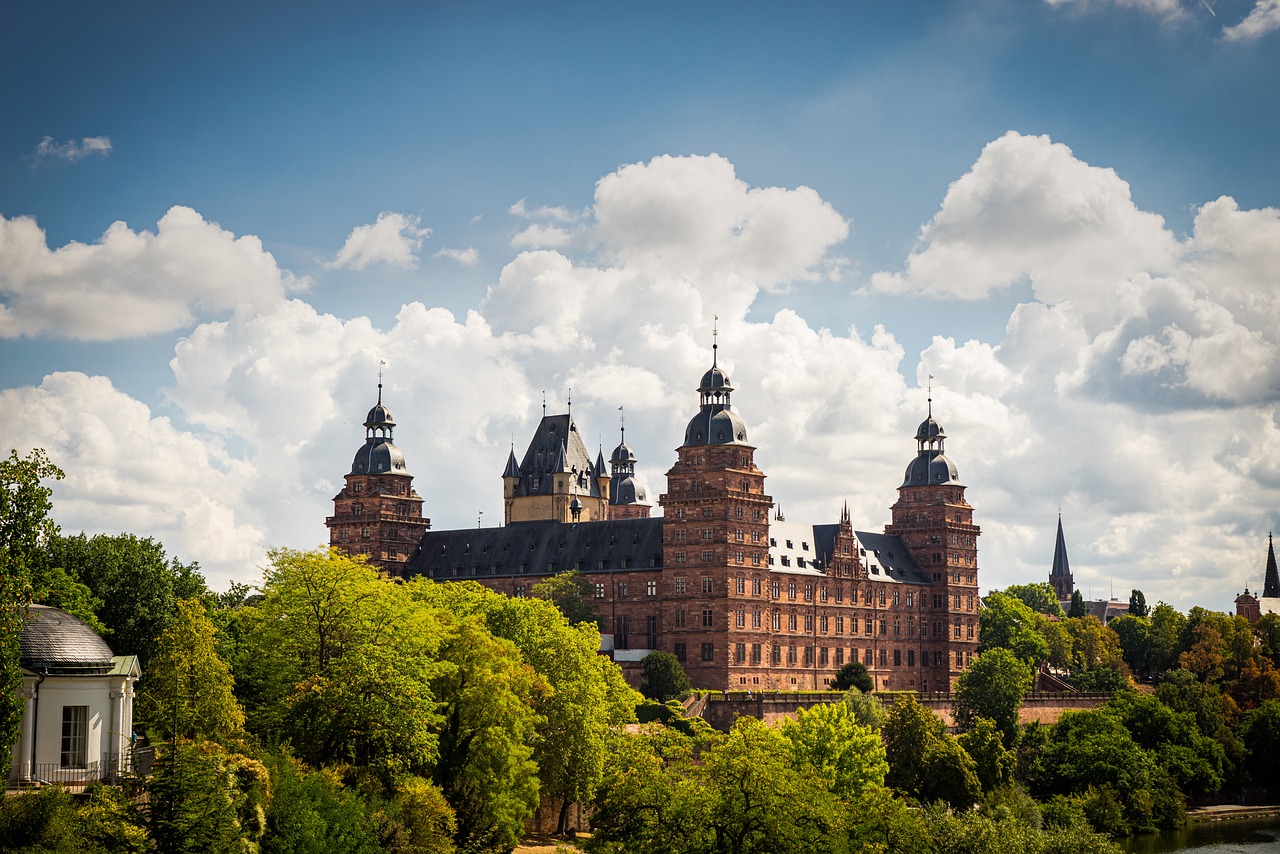
Revival of Classical Themes
During the Renaissance period, the revival of classical themes played a pivotal role in shaping the artistic landscape of Europe. Artists looked back to the ancient civilizations of Greece and Rome for inspiration, reinterpreting their myths, legends, and historical events in a new light. This resurgence of classical themes was not merely a replication of the past but a reimagining that infused new life and meaning into traditional subjects.
By incorporating classical motifs and narratives into their works, Renaissance artists sought to connect with the ideals of beauty, harmony, and proportion that were revered in antiquity. They delved into the study of ancient texts, sculptures, and architecture, drawing upon the rich cultural heritage of the classical world to inform their artistic creations.
One of the key aspects of the revival of classical themes was the emphasis on humanism, a philosophical movement that placed importance on human values, achievements, and potential. Artists depicted human figures with a newfound sense of realism and emotion, capturing the essence of individuality and expression in their works.
The reintroduction of classical themes also sparked a renewed interest in mythology, with artists portraying gods, goddesses, and mythical creatures in a contemporary context. These mythological narratives served as allegories for human experiences, offering moral lessons and reflections on the human condition.
Furthermore, the revival of classical themes extended beyond the realm of painting and sculpture to influence architecture, literature, and music. Architects drew inspiration from the grandeur of ancient Roman structures, while writers incorporated classical myths and motifs into their poems and plays.
In essence, the revival of classical themes during the Renaissance era represented a cultural reawakening, a rediscovery of the artistic and intellectual achievements of antiquity that fueled a creative explosion across Europe. It laid the foundation for the development of new artistic styles and movements, leaving a lasting legacy that continues to inspire and captivate audiences to this day.
Frequently Asked Questions
- What is Renaissance art?
Renaissance art refers to the artistic period that emerged in Europe between the 14th and 17th centuries, characterized by a revival of classical themes and techniques, a focus on realism, perspective, and the portrayal of human emotions and anatomy.
- Who were some of the most famous Renaissance artists?
Iconic Renaissance artists include Leonardo da Vinci, known for the Mona Lisa and The Last Supper, Michelangelo, renowned for the Sistine Chapel ceiling and the statue of David, and Raphael, celebrated for his frescoes in the Vatican.
- How did Renaissance art impact religious depictions?
Renaissance art transformed religious art by introducing a more humanistic approach to biblical scenes and religious figures, emphasizing realism and emotional expression in religious imagery.
- What were some technological advancements in Renaissance art?
Renaissance artists pioneered innovative techniques such as oil painting, linear perspective, and chiaroscuro (the use of light and shadow), revolutionizing the way art was created and perceived.
- What is the legacy of Renaissance art?
The legacy of Renaissance art includes its profound influence on subsequent artistic movements, its enduring impact on Western culture, and its role in shaping the way we perceive art and human potential.

















